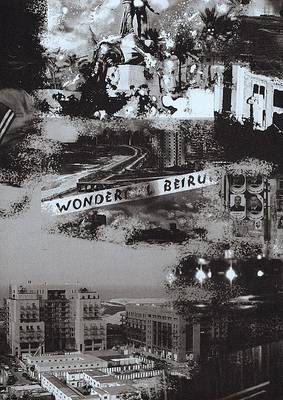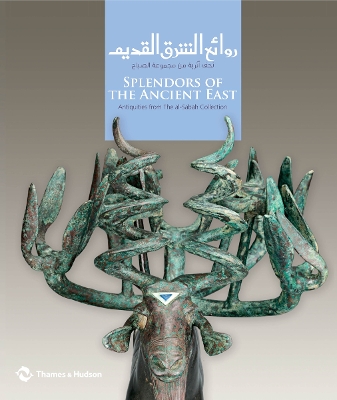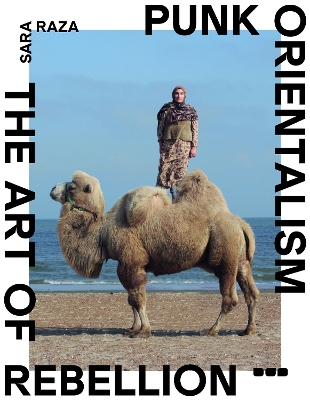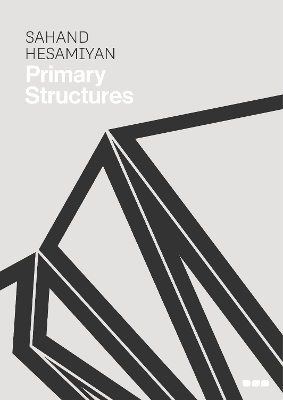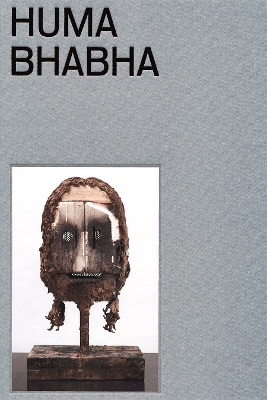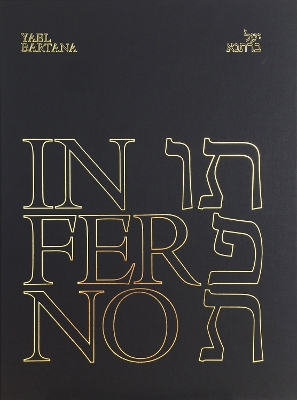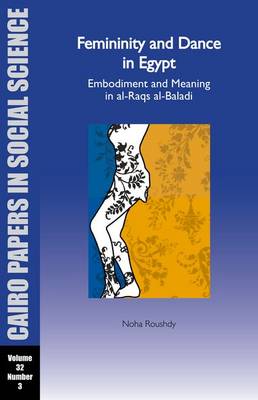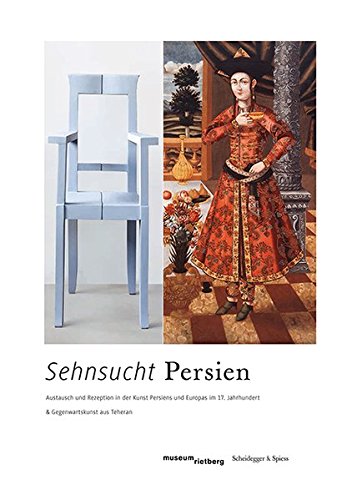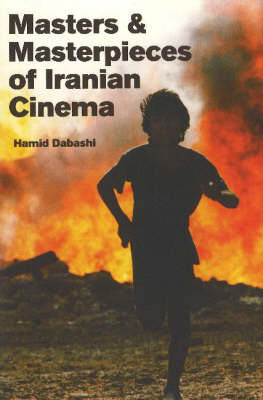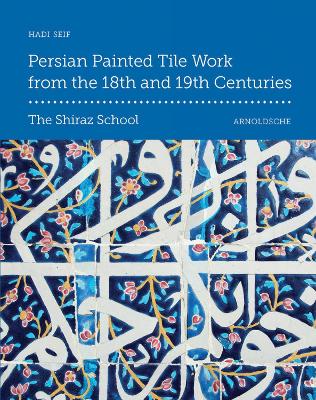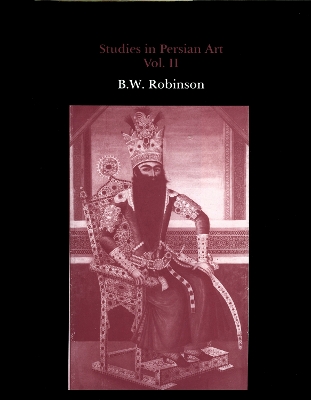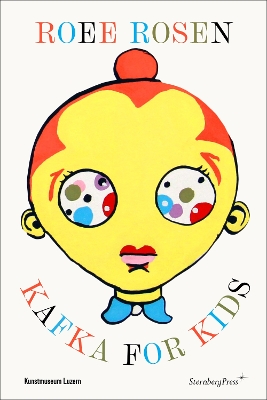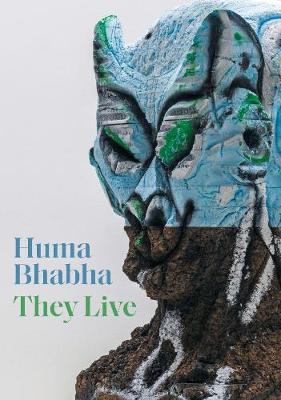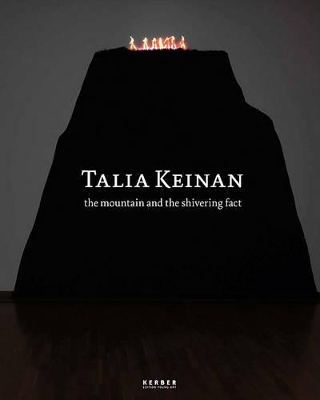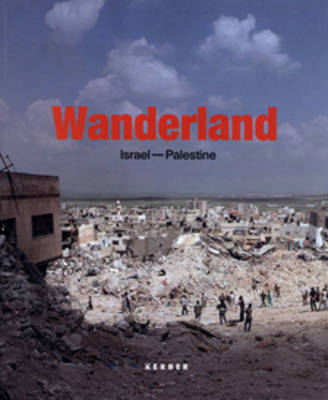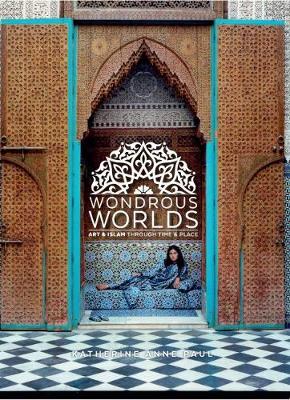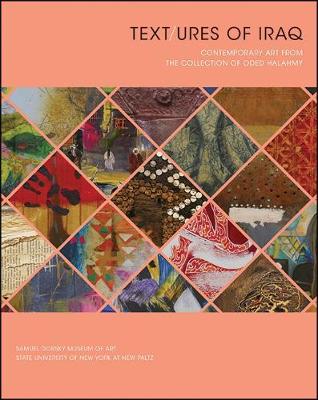Splendors of the Ancient East
by Martha L. Carter, Sidney Goldstein, Prudence O. Harper, Trudy S. Kawami, and Pieter Meyers
World renowned for its collection of Islamic art, the al-Sabah Collection in Kuwait also houses an important collection of ancient art. Splendors of the Ancient East presents a selection of ancient artefacts from the al-Sabah Collection, most of them reproduced for the first time. This selection is united by the personal vision of Sheikh Nasser Sabah al-Ahmad al-Sabah and his wife, Sheikha Hussah Sabah al-Salem al-Sabah. This vision is informed by a love of the beauty of these objects and an int...
Punk Orientalism: The Art of Rebellion explores the spaces and places associated with the former Soviet Union, focusing on the artists and ideas hailing from Central Asia and the Caucasus, which were long perceived as an extension or “client” states of the USSR. The theme of non-conformity and the punk rejection of state authority is a continuous thread throughout the book, which highlights changing and divided societies and their evolving norms in the post-Soviet period. Inspired by the titula...
Metalwork from the Early Islamic Period (Metropolitan Museum of Art)
by James W. Allan
A fully illustrated catalogue of the metal objects grouped by material and function, uncovered in the museum's excavations at the medieval site of Nishapur in North-eastern Iran.
This fully illustrated monograph provides the first in-depth look at the practice of Sahand Hesamiyan, one of the most prominent sculptors living and working in Iran today. Supported by an introduction and two essays, it surveys two decades of studio and archival material, sculpture, drawing and ambitious installation plans. This fully illustrated monograph provides the first in-depth look at the practice of Sahand Hesamiyan, one of the most prominent sculptors living and working in Iran today....
Pakistan-born, New York-based artist Huma Bhabha (born 1962) makes fragile sculptures and assemblages composed from detritus, construction materials and found objects. This first survey of her work contains a wealth of full-color illustrations, an interview with Julie Mehretu and an essay by Thomas McEvilley.
Femininity and Dance in Egypt: Embodiment and Meaning in al-Raqs al-Baladi (Cairo Papers in Social Science, #32)
by Noha Roushdy
Considering the paradoxical position of al-raqs al-baladi or “belly dance” in Egyptian social life, as both a vibrant and a contested cultural form, this issue of Cairo Papers in Social Science considers the impact of wider socio-cultural and political forces on the marginalization of professional performers, on the one hand, and in defining the parameters for non-professional performances on the other hand. Through interviews with professional and non-professional female dancers in Egypt, it ex...
This book documents the Persian - European artistic dialogue over four centuries. In particular it presents work by seven contemporary artists from Tehran and thus provides an insight into a new modern Persia in exchange with the global art world. At the same time the reader is offered a fresh view at ancient art shown in contrasting juxtaposition. Essays by Rudolph P. Matthee, Cyrus Ala'i, Birgitt Borkopp-Restle, Paulina Banas, Michael Chagnon, Gary Schwarz, Jennifer Scarce, Claudia Swann, Susa...
The Hellenistic Paintings of Marisa (The Palestine Exploration Fund Annual)
by David M. Jacobson
In early June 1902, John Peters, an American theologian, and Hermann Thiersch, a German classical scholar, were alerted to the discovery of two painted burial caves at Marisa/Beit Jibrin, less than 40 miles (62 km) by road southwest from Jerusalem. Tomb robbers had, a short time previously, forced their way into the burial chambers and caused damage to their fabric. Realising that these splendid tombs dated to about 200 BCE and the importance of their painted interiors, the two scholars immediat...
Persian Painted Tile Work From the 18th and 19th Centuries
by Hadi Seif
The manufacture of colourfully painted tiles has a long tradition in Persia, modern-day Iran. This publication focuses on so-called haft rang (seven colours) tiles from the eighteenth and nineteenth centuries. During this time, the art of making tiles experienced a revival, starting in the city of Shiraz and initiated primarily by unknown artists who wanted to preserve and carry on their country's traditions. Their vibrantly coloured tiles, with underglaze, decorated private homes, as well as pu...
This second volume of Basil Robinson's Studies concentrates on Persian manuscript illumination, beginning with six studies of artists who worked in this medium. There then follows twenty-two studies of individual manuscripts, from the fourteenth century onwards.
The pilot episode of a TV series that perversely aims to make Kafka’s tales palpable for toddlers. Roee Rosen’s film Kafka for Kids is set as the pilot episode for a TV series that perversely aims to make Kafka’s tale “The Metamorphosis” palpable for toddlers. In its title, the film Kafka for Kids implies that the intellectual great of modern literature will finally be presented in a way that is generally understandable. Roee Rosen wants to present Franz Kafka, of all people, with his contorted...
A comprehensive overview of more than two decades of Huma Bhabha’s prolific and multidisciplinary output in sculpture, drawing, and photography Huma Bhabha (b. 1962 in Karachi) is known for sculptures depicting the human figure fashioned from materials ranging from clay, brick, and wood to Styrofoam, bronze, found objects, and construction materials. Such works reveal her myriad influences, including horror films, science fiction, ancient artifacts, religious reliquaries, and Neo-Expressionism....
Among the greatest and least understood areas of art is that of the Islamic nations and peoples. Robert Irwin, an expert in the arts of Islam and a compelling writer, takes the reader deep into the cultures in which some of the world's most splendid art was created. Working thematically, he surveys the refined and exquisite arts of porcelain, enamel, manuscript illumination, metalwork, calligraphy, textiles - and more - within a larger picture of a powerful faith, a profound tradition and a magn...
Talia Keinan: The Mountain and the Shivering Fact (Kerber Edition Young Art)
The Published Ivories from Fort Shalmaneser, Nimrud
by Georgina Herrmann, H. Coffey, and Stuart Laidlaw
Nimrud is an exceptionally generous site, and has richly rewarded those that work there. It was first famous for the Assyrian bas reliefs found by the 19th century archaeologist, Austen Henry Layard, but is also famous for the thousands of ivories found during the 19th and 20th centuries. The ivories were mostly imported from the Levantine kingdoms to the west, either as tribute or booty, although there were some in the distinctive local Assyrian style. They were used to embellish furnit...
Ceramic Art
by Margaret S. Graves, Sequoia Miller, Magdalene Odundo, and Vicki Parry
A new examination of the history of ceramic art, spanning ancient to modern times, emphasizing its traditions, materials, and methods of makingConcise but comprehensive, Ceramic Art brings together the voices of art historians, conservators, and artists to tell the history of making art from fired clay. The story spans history and continents, examining the global traditions of ceramists that range from pre-Columbian Peruvian artisans to contemporary African studio potters.The volume shows how hu...
The intercontinental reach of Dar al-Islam, or the Islamic world, today touches all continents. This catalogue (like the exhibition it enhances) embraces this global reality to take the most expansive and inclusive vision of how many art practices have historically intersected with Islam and how they continue to do so. Through key works of art, this publication examines trade relationships between regions as well as intercultural exchanges within smaller geographic areas. It discusses a range of...
Text/ures of Iraq presents work by New York-based sculptor Oded Halahmy, a Jewish native of Baghdad, alongside that of eight contemporary artists from Iraq: Hayder Ali, Amal Alwan, Mohammed al Hamadany, Ismail Khayat, Hanaa Malallah, Hassan Massoudy, Naziha Rashid, and Qasim Sabti. Gathering works that reference Iraq's literary past in an effort to better understand the region's present, the book finds its constituent artists celebrating their country as a pastoral idyll, where people of differe...
The selection of sacred art objects including tabernacles, plates, bottles, bibs, votive, crosses show the high technical level of the Greek craftsmen. Precious metals, like gold and silver, beautifully decorated with carvings, chisels and shapes embossed and adorned with precious stones like rubies and sapphires, are analyzed in terms of historical and artistic. Each object is recognized style often characterized by traditional Greek and Byzantine style more properly Islamic, as well as Western...
